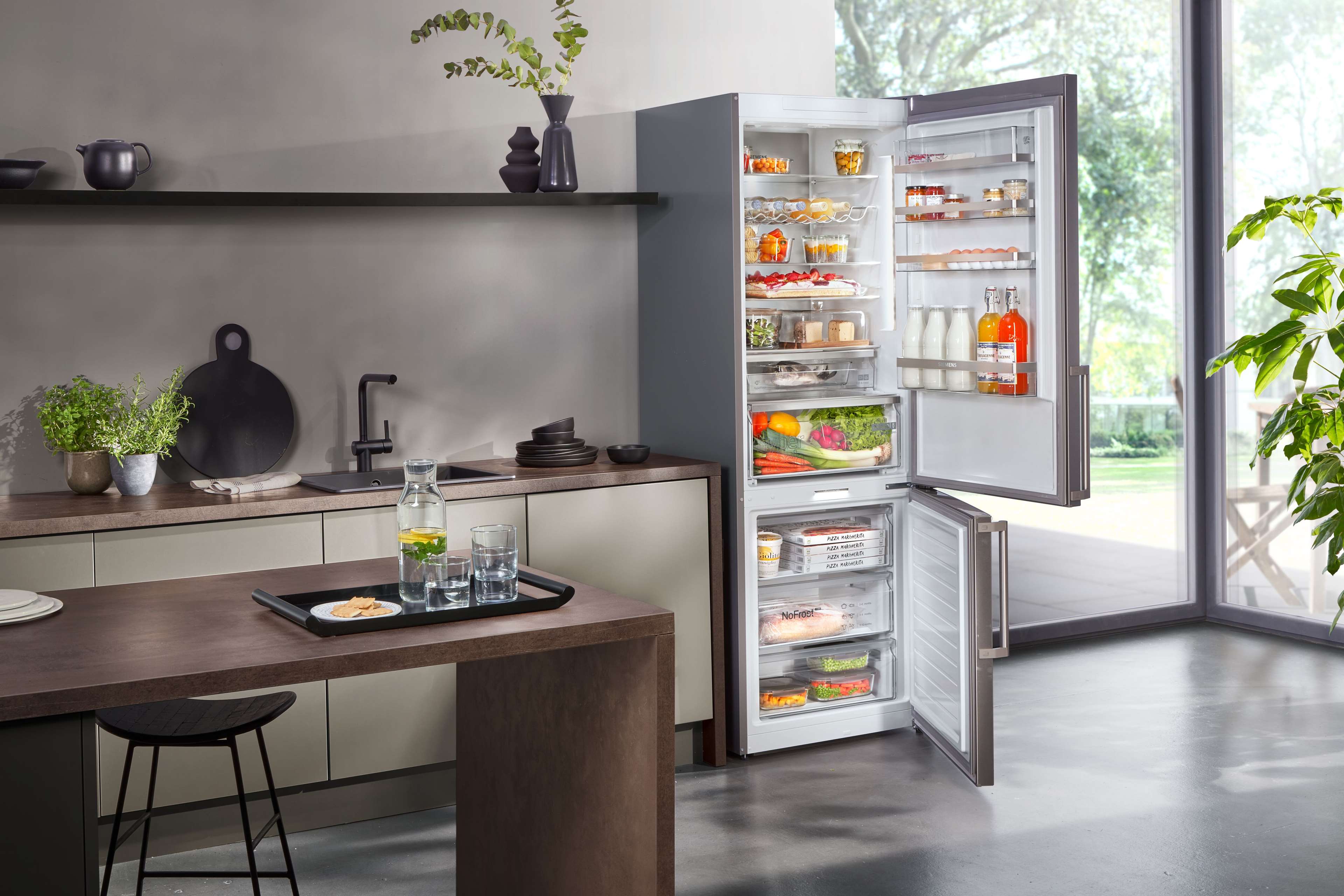2. Organize by zones
Divide your fridge into different zones based on temperature and usage. This can help maintain food safety and maximize the longevity of your items. By strategically organizing your refrigerator shelves, you can optimize temperature control and effectively manage usage. Here’s our suggested layout:
Top shelf:
Place ready-to-eat foods and store leftovers on the top shelf. This area has a more consistent temperature, making it suitable for cooked and prepared foods. By keeping them at eye level, you'll be more likely to remember and utilize them promptly.
Middle shelf:
Maintain the ideal temperature range in this section for items like dairy products, deli meats, and condiments. These items benefit from consistent cooling without being subjected to extreme temperature fluctuations.
Lower shelf:
The lower shelf of your fridge, being the coldest part, is perfect for storing raw meat, poultry, and seafood. Use sealed containers or plastic bags to prevent cross-contamination and ensure food safety.
Crisper drawers:
The fridge’s crisper drawers are true superheroes when it comes to maintaining the perfect humidity level for your beloved fruits and veggies. To harness their powers effectively, it's best to keep your fruits and veggies separated into two drawers. Why, you ask? Well, it's because some fruits, like apples, mangos, passionfruit, and tomatoes, are known ethylene producers. By giving them their own space, you prevent the ethylene gas from affecting the delicate balance of your veggies.
Fridge door:
The fridge door is the warmest area, making it suitable for storing condiments, sauces, and pickles. Arrange these items in the refrigerator door compartments, ensuring that taller jars are on the bottom shelf to prevent them from tipping over. Store frequently used items at eye level for easy access.
